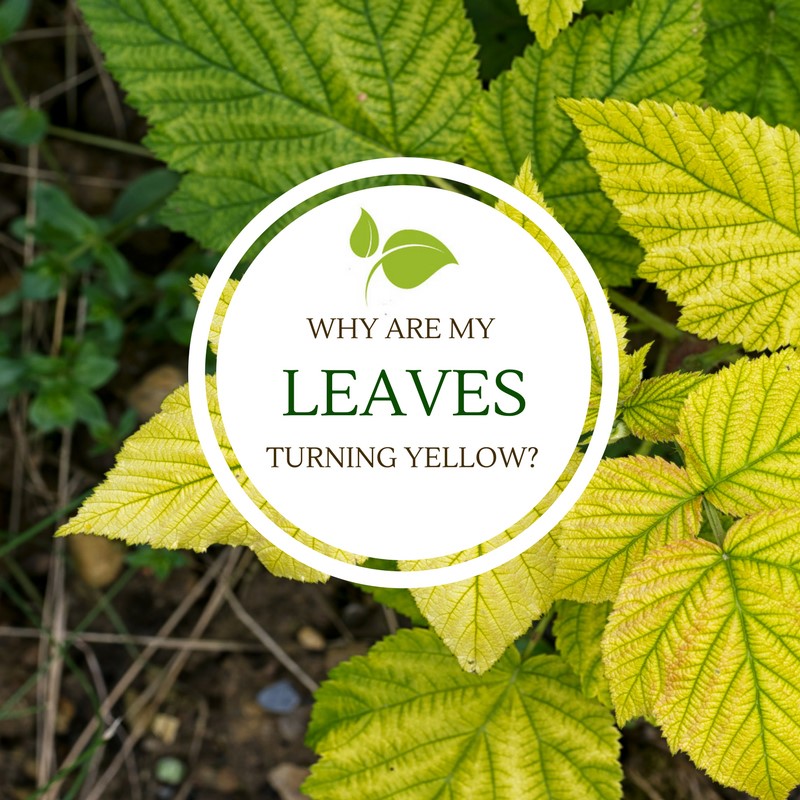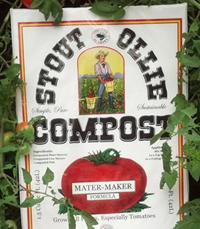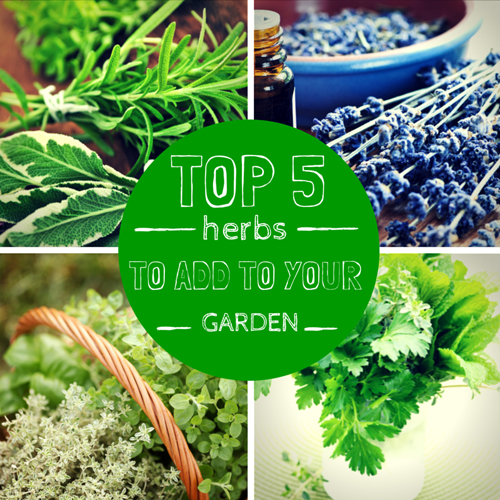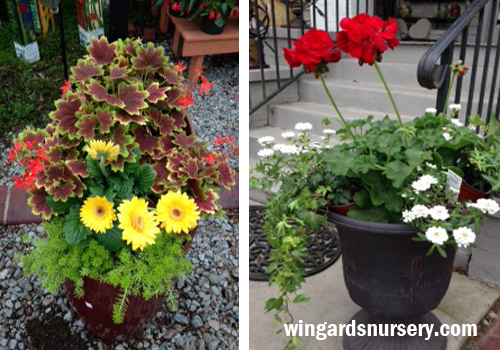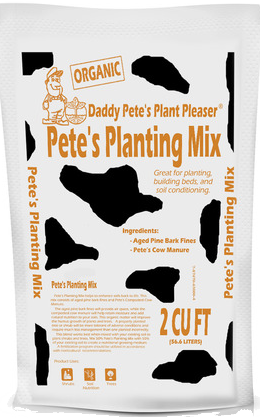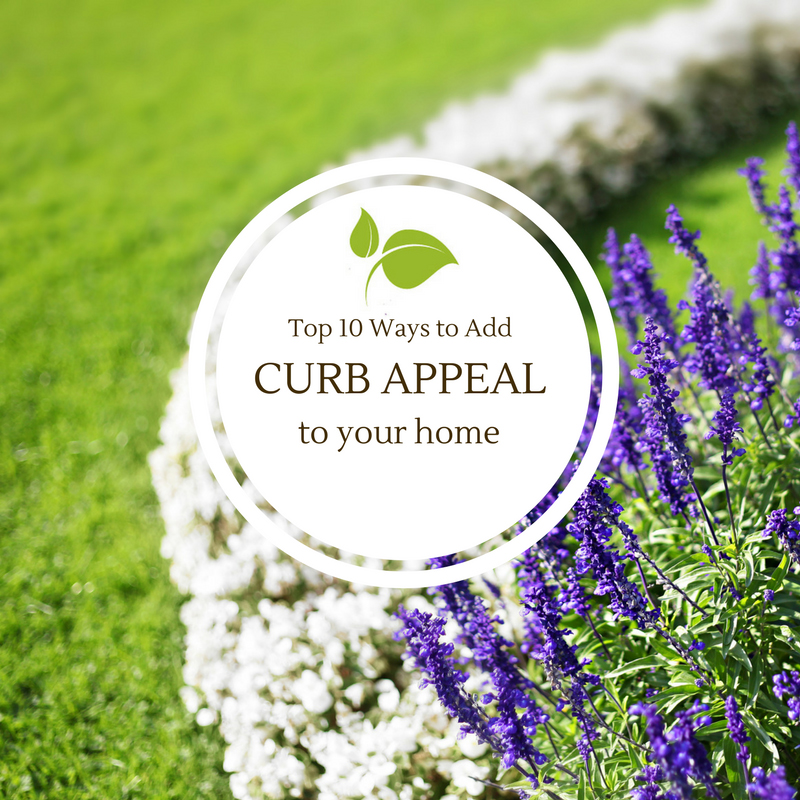
A well-kept home is a joy to behold.
Curb appeal is that undefinable something that draws you to a home at a glance. It is a combination of visual charm, good upkeep, and attention to detail. And often will be the thing that makes you the envy of the neighborhood.
Here are 10 ways you can add great curb appeal to your home:
- Surround your property with fencing
Fencing for your yard is needed to keep wildlife from eating the nasturtiums, but it also provides a quiet oasis to enjoy the beauty of your outdoor space. Fencing can be six-foot high cedar that blocks traffic noise, or it can be white wicker that is only tall enough to delineate the perimeter of your property.
- Don’t leave your landscape in the dark
Think about accent lighting highlighting your prize plantings. Patio lights can be judiciously used to make your gazebo comfortable for a late evening get together with friends. Insect zapper lights get mixed reviews since they can be noisy as the insects are incinerated. They also tend to have a harsh brightness that is annoying to some. On the positive side, outlining pathways with small lights prevents stumbles in the twilight.
- Lawn furniture
Spending a lot of time just relaxing and enjoying the sights, sounds and smells of a flower garden can be done from a gazebo with sturdy and comfortable garden furniture. Tables, chairs, lounges, and footstools are obvious choices for furniture in the garden area. A grill or barbecue unit located nearby means guests can enjoy the space while grilling fresh produce from the garden. Corn on the cob from the vegetable garden can’t get any fresher.
- Plan garden beds
Many gardens would be beautifully accessorized by adding carefully chosen raised garden beds. Look at the style of your house and design the garden plots for pansies or potatoes in garden beds that enhance the look of the house. For example, if your house is split level suburban, why not add a couple split level beds.
Few projects add as much charm and color to a house as flowers in window boxes.
Build your own window box or buy one from a garden center. Use a plastic liner to prolong the life of the planter and simplify fall cleanup. Easier yet, arrange container gardens in pots and planters on the front stoop or along the walkway.
- Simple changes make the biggest impact – the $10 idea!
If your mailbox is old, replacing it will instantly change your curb appeal for the better. Mailboxes are relatively inexpensive, and there are many ways that you can make yours look better. If you don’t really want to part with your old mailbox, you could just give it a fresh coat of paint.
A fresh coat of paint on garage doors will instantly make your exterior look better. Garage doors tend to get dirty and faded from all the up and down movement and should probably be repainted every few years.
Replacing hardware on your mailbox, house numbers, doorbell, door knocker, entry light and door handle will make a huge improvement to the look and feel of your home.
Get a little daring, and paint the front door red or blue.
- Make pathways interesting
A planned landscape that has permanent beds can also have interesting and decorative pathways. Think about using colored aquarium pebbles with a seashell motif for edging. Try pathways that meander according to your planned beds rather than sticking to straight lines. Maybe you would like to have a yellow brick road as a pathway in your garden.
- Choose colorful or whimsical containers
If a large garden is too much to manage in your free time, or if you are working in limited space, think about establishing your garden in unusual containers. Or, such containers can be simply an interesting accessory to the real garden. Colorful ceramic pots in large sizes and shapes can be placed randomly amongst the flower beds to hold herbs or a salad or two. An old claw-footed bathtub or a little red wagon both make great containers for garden plants.
Even add a bit of your own personality with a garden flag that offers a warm welcome to your visitors and can be changed out with the seasons.
- Add Color
You can add color to the plants that you choose or by the containers you pick for spots of color. Look for ways to make color spots show up even better by putting them against contrasting background of other plants, walls or trellises.
Plant a tulip border in the fall that will bloom in the spring. Dig a flowerbed by the mailbox and plant some pansies. Place a brightly colored bench or Adirondack chair on the front porch.
- Delight the wee folk
Adding whimsical statuary or ornaments to your garden plots can be fun and useful as well. Garden gnomes, leprechauns and perhaps even a fairy or too can be an adventure to undertake with your child or grandchild. A ceramic frog by a garden pond is a common sight around gardens, but have you ever seen a dragonfly or a small fire-breathing dragon. Choose a copper weather vane or a birdhouse decorated like a fairytale castle.
- Five senses
A well-planned landscape with carefully chosen accessories will be a delight to all five senses. You see the beautiful colors in the plants, flowers, and accessories. You feel the texture of the earth as well as the crisp vegetables that are picked for culinary enjoyment. You can smell the perfume of the flowers and trees. Tasting fresh produce from the garden is a bonanza for your taste buds. Finally, your sense of hearing is able to pick up the sound of the wind in a set of wind chimes. Wind chimes are decorative and can sound melodic or mournful, tinkling or hearty.
Plan your garden accessories to appeal to each, and every human sense and your garden will be a place where your spirit is uplifted.
Take a trip to your favorite local award-winning Lexington, SC garden center, Wingard’s Market for everything you need to make your garden have the best curb appeal of the neighborhood!
For more tips and ideas for adding curb appeal to your home watch Wingard’s TV “Curb Appeal” videos here.
———————————————–
Here at Wingard’s Market, we specialize in providing outstanding customer service, offering professional gardening advice, and answers to your everyday gardening questions. Stop by and visit our Beautiful Gift Shoppe and Fresh Produce Market while you stroll under century-old pecan trees. It’s truly a Garden Wonderland!
Located at 1403 North Lake Drive in Lexington, SC. Call us at (803) 359-9091

